Find Your Perfect CPAP Mask for Better Sleep
There are five different types of sleep apnea masks for sale: nasal pillow, nasal, full face, oral, and hybrid. The unique differences between these products attempt to accommodate patients’ different sleeping characteristics. Different design styles adapt to the patient's facial features, size, sleeping patterns, and breathing habits. Patient characteristics govern the design and construction of CPAP masks for sleep apnea.
Key Attributes To Consider
The key attributes boil down to three aspects: patient sleep positions, facial sensitivity,, and breathing preferences. These elements play a critical role when selecting the best CPAP mask to meet a patient's individual needs.
1. Sleep Positioning
CPAP patients tend to favor particular specific sleeping positions. Some patients prefer to sleep on their back while backs; others prefer sleeping to sleep on their sides. A few patients sleep on their stomachs. Many patients switch up how they sleep night-to-night — or even several times during the same night. Nearly all masks support patients who sleep on their backs. Full-face appliances aid patients with congestion. Nasal masks help side sleepers and patients that who are forehead and nose bridge touch-sensitive to their forehead or nose bridge. The best support for stomach sleepers are nasal pillow-style masks, particularly the type that routes the supply hose from the top of the patient's head. These sleep apnea masks support patients who tend to toss and turn throughout the night. The nasal pillow masks are the least intrusive and the most comfortable for patients that who frequently change sleep positions.
2. Facial Sensitivity
Many CPAP patients experience sensitivity when the units press down on their foreheads. This constant pressure can be annoying and cause patients to remain awake throughout the night. Some experience sensitivity on the bridge of their nose. These sensitivities can interrupt a patient's CPAP therapy. Studies have shown that patients who experience these sensitivities have difficulty complying with the number of sleep hours they should be obtaining nightly. Most patients with facial sensitivities experience significant challenges with using a full-face mask. Several manufacturers have designed alternative full-face masks that route the support frames and the headgear away from the forehead. Other manufacturers implement soft, contouring cushions in the areas that are sensitive to the touch. Many patients adapt to alternative types, such as a hybrid CPAP mask or one of the nasal masks, to achieve a night of comfortable, therapeutic sleep.
3. Breathing During Sleep
Most patients breathe through their noses — when they are both awake and asleep. However, many CPAP patients breathe exclusively through their mouths during sleep. It is ineffective to force patients to use CPAP therapy nasally when they normally do not inhale and exhale that way. Many patients tend to switch from nose breathing to mouth breathing several times throughout the night. CPAP manufacturers design their products to accommodate these different breathing preferences. The full-face mask and the hybrid mask allow patients to breathe through their mouth or nose. The hybrid mask also has the advantage of avoiding the sensitive areas of the forehead and nose bridge. For patients who breathe exclusively through their mouth, the best option is an oral mask.
Choose the Most Comfortable CPAP Mask for All-Night Use
Below is a summary of the CPAP machine mask types and a link to specific information about individual products.
- Nasal Mask - Offers nasal delivery, is a small size, and has a small profile.
- Nasal Pillows Mask - Provides direct nasal delivery, is a small size, has a small profile, features minimal headgear, and avoids sensitive areas.
- Full Face Mask - Provides both nasal and oral delivery and; routes tubing to the front of the mask.
- Hybrid Mask - Offers both nasal and oral delivery, routes the tubing to the front of the mask,, and avoids contact with sensitive areas.
- Oral Mask - Provides mouth delivery, routes the tubing to the front of the mask, avoids sensitive areas,, and provides minimal headgear.
Venn Diagram for Selecting the Best CPAP Mask
The Venn diagram above color codes each mask type and displays which type best meets the patient's sleeping characteristics. In many instances, several sleep apnea mask styles can meet a patient's needs (as displayed where the bubbles intersect), starting with nasal-type masks on the left. Hybrid CPAP masks and oral masks are on the right. In the center of the continuum are full-face masks, which can accommodate the needs of both nasal and mouth breathers.
People who commonly sleep on their sides will likely benefit most from nasal pillow masks. Side sleepers may need to experiment with a few mask options to get the best fit for their individual needs, preferences, and sleeping patterns. Although it is always best to breathe nasally, some people with chronic congestion and similar ailments often unintentionally breathe through their mouths while sleeping. Therefore, it may be necessary to choose an oral mask, hybrid CPAP mask, or a full-face CPAP mask.
Lightweight CPAP Masks for On-the-Go Sleep Apnea Therapy
Nasal masks adapt best to the needs of people who want a lightweight mask due to facial sensitivity sensitivities to their nose bridges or foreheads, as these types of sleep apnea masks avoid contact with these areas. Nasal masks also appeal to users who toss and turn during sleep and shift to multiple sleeping positions throughout the night (as highlighted in blue on the continuum). Studies find that most people find nasal appliances more comfortable.2 Individuals with facial hair usually find that nasal masks are their best option because the mask form a seals around their nostrils. Oral and hybrid masks also accommodate forehead and nose sensitivity (as highlighted in green on the continuum). These styles help people with congestion and who need to breathe through their mouths while sleeping.
Nasal masks adapt best to the needs of people who want a lightweight mask due to facial sensitivity to their nose bridge or forehead by avoiding any contact with these areas. Nasal masks also appeal to users who toss and turn during sleep and shift to multiple sleeping positions throughout the night (as highlighted in blue on the continuum). Studies find that most people find nasal appliances more comfortable.2 Individuals with facial hair usually find nasal masks as their best option to form a seal around their nostrils. Oral and hybrid masks also accommodate forehead and nose sensitivity (as highlighted in green on the continuum). These styles help people with congestion and need to breathe through their mouths while sleeping.
Budget-Friendly CPAP Mask for Affordable and Effective Treatment
The budget-friendly CPAP masks at Vitality Medical are available at multiple price points to accommodate any budget. Shop top manufacturers at discounted prices, including Philips Respironics, Vyaire Medical, Fisher & Paykel, and others. The CPAP masks available at Vitality Medical offer many innovative features, depending on their styles, and may include cushioned seals, soft forehead pads, adjustable headgear, and soft fabric frames. Shop here for all sleep apnea needs, including replacement parts and accessories that patients may be needed in the future.
Footnotes
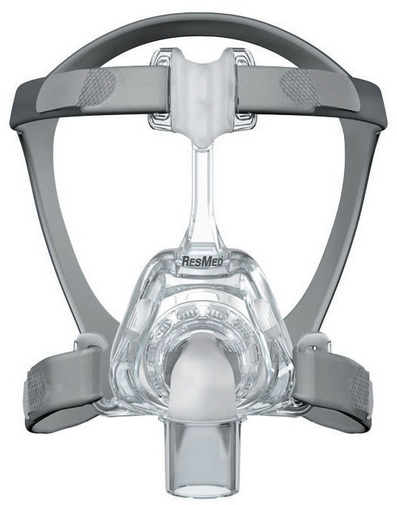
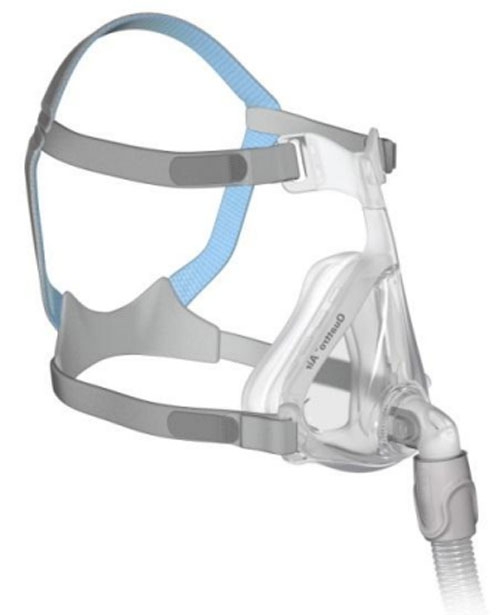
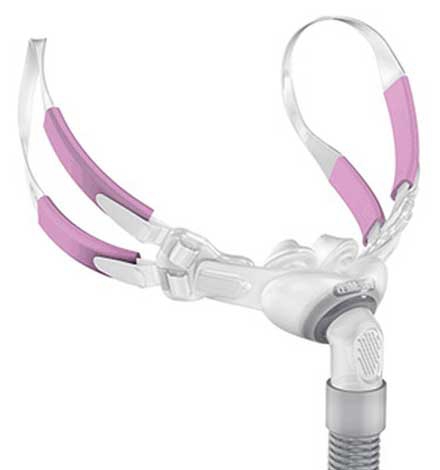
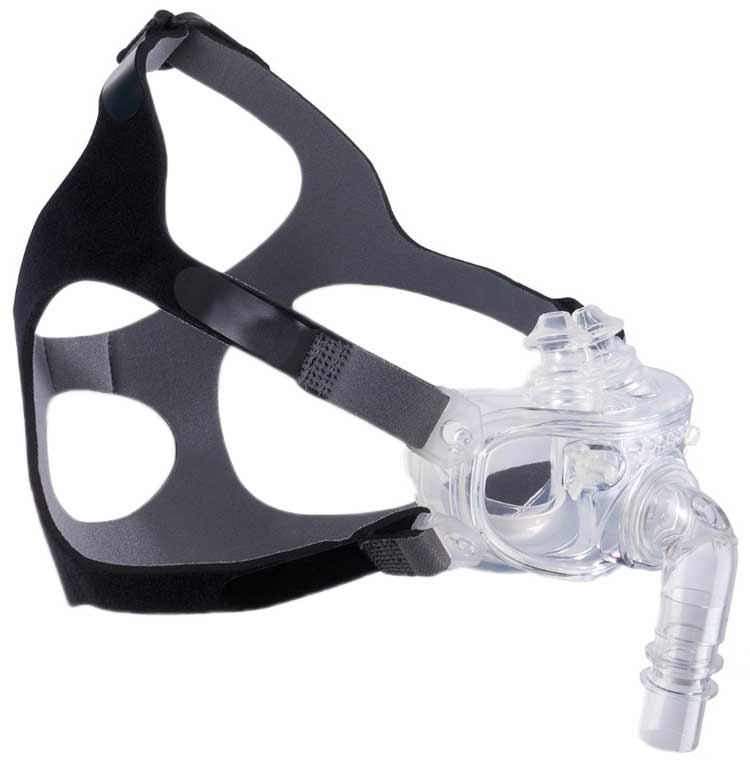
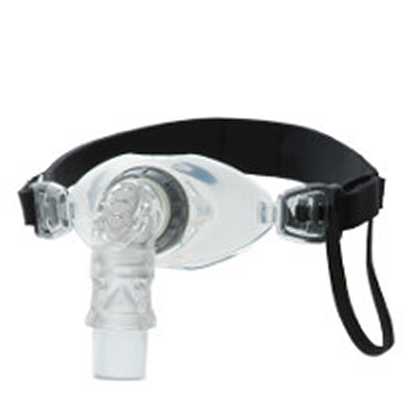

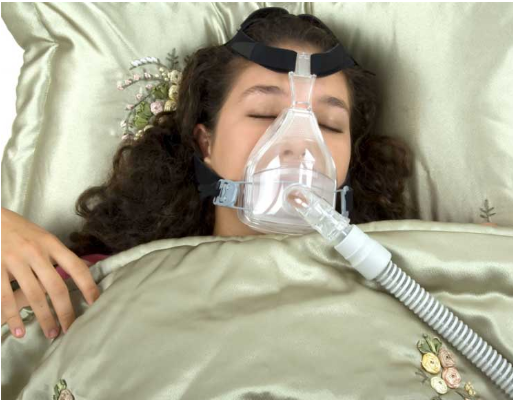
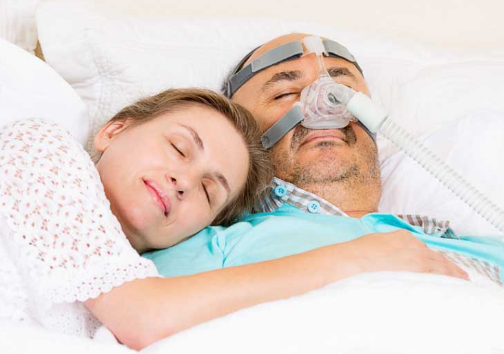
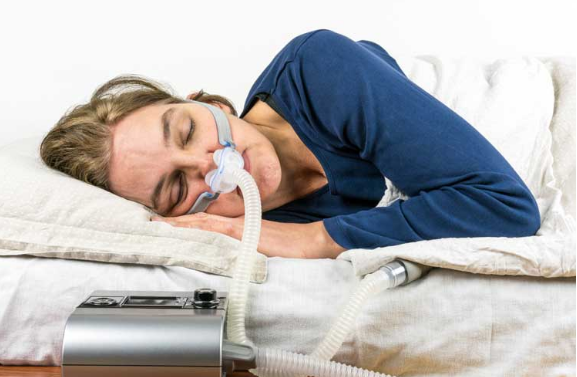
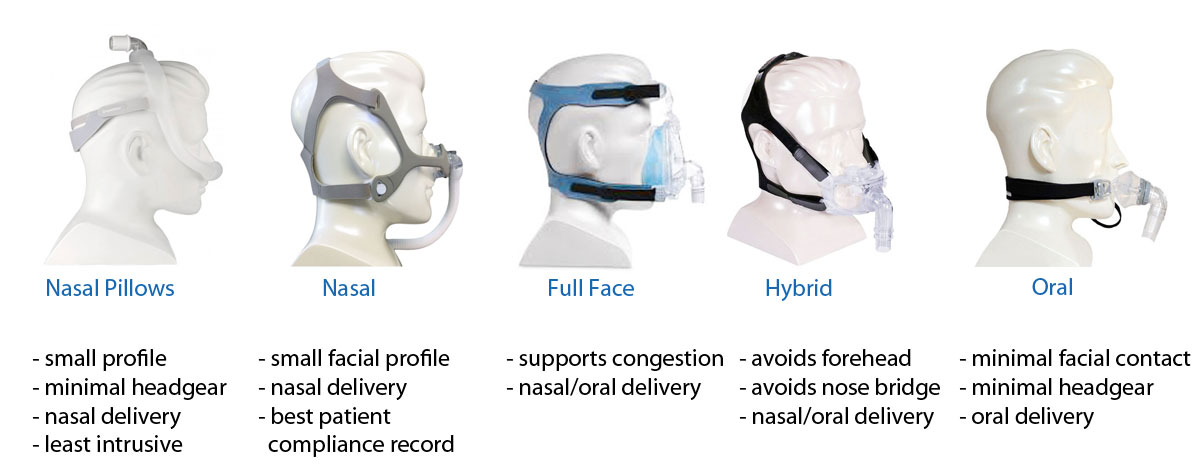
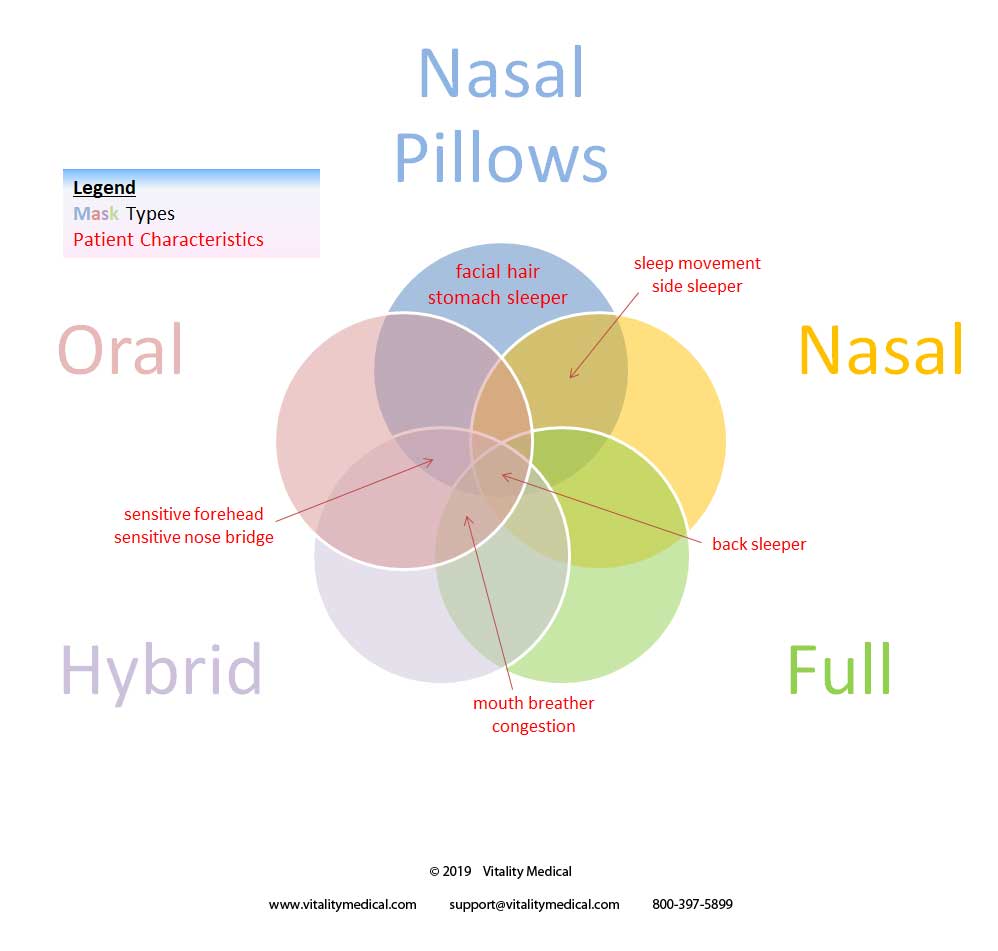

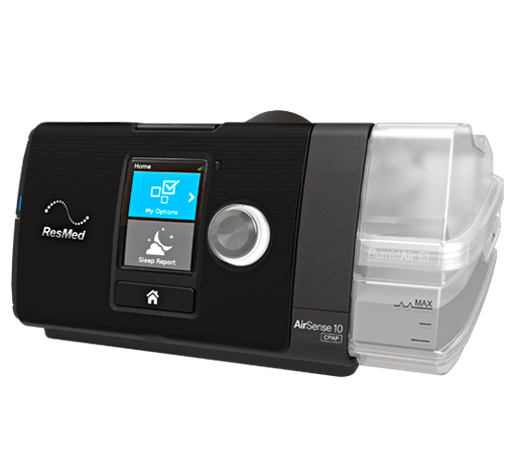
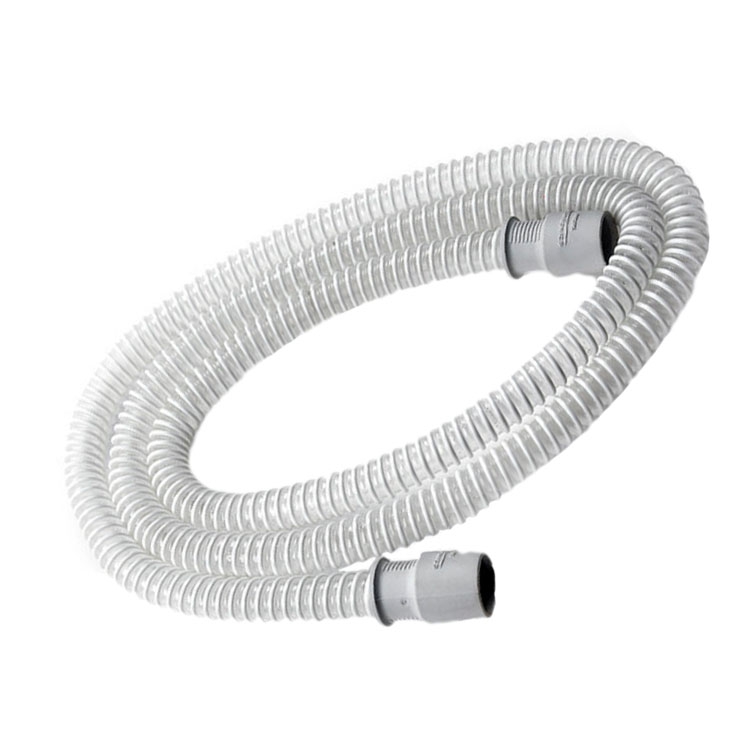
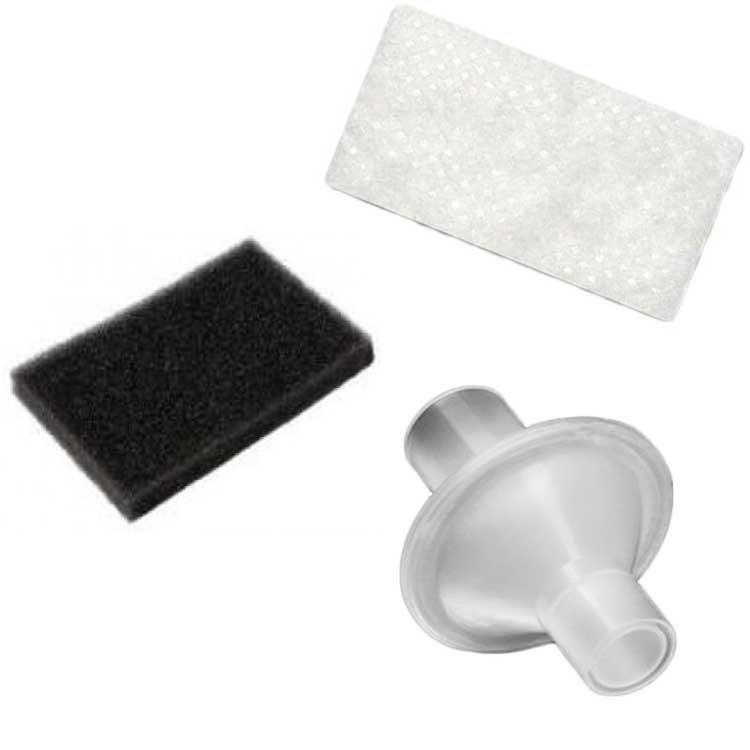

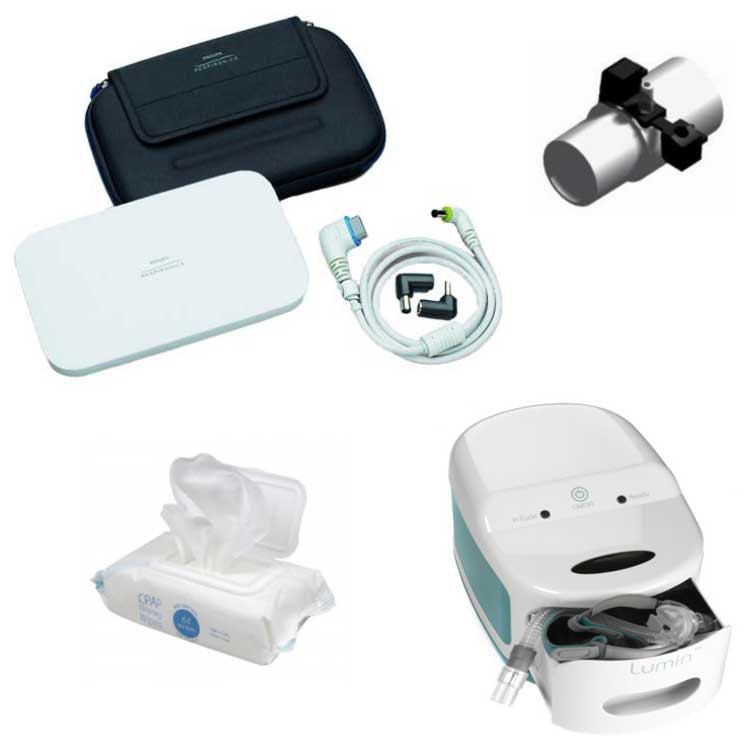
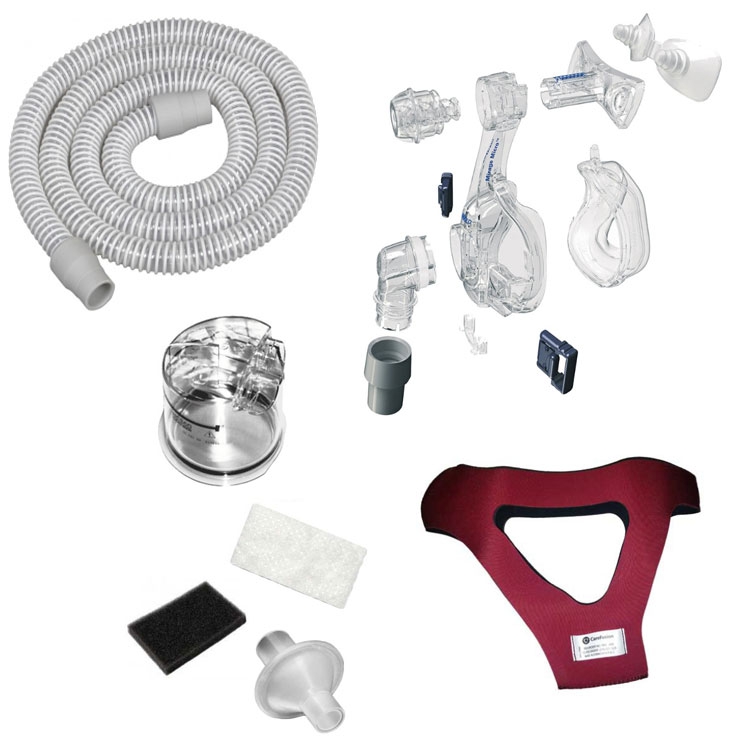
Login and Registration Form